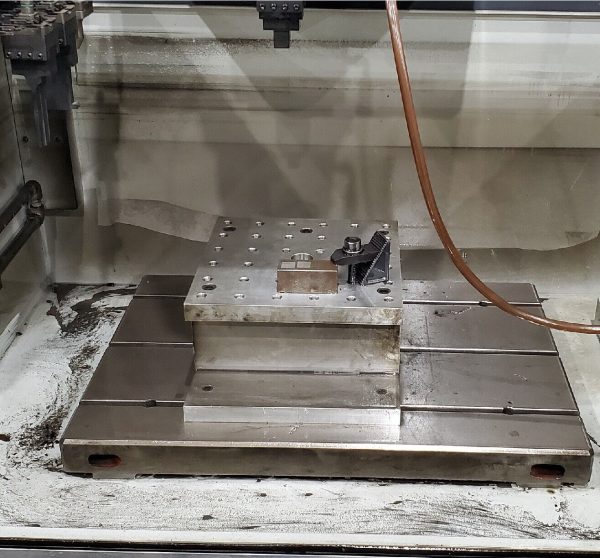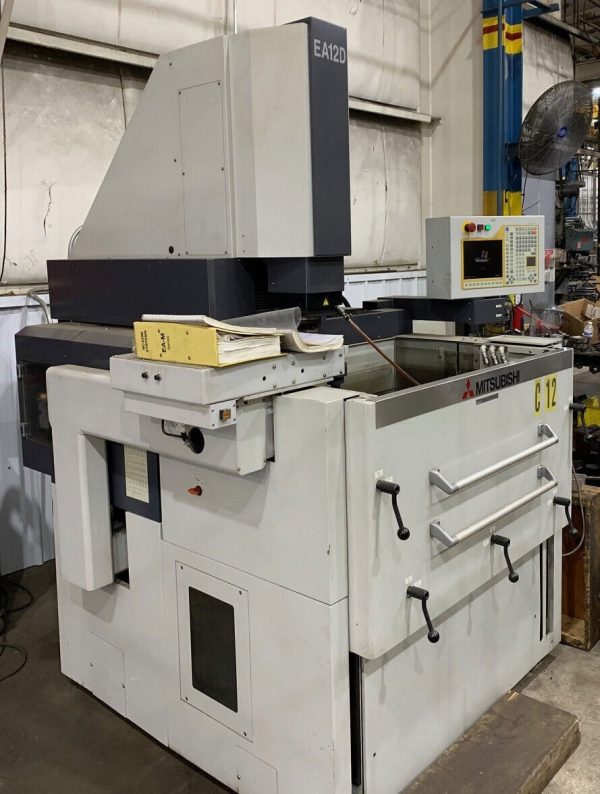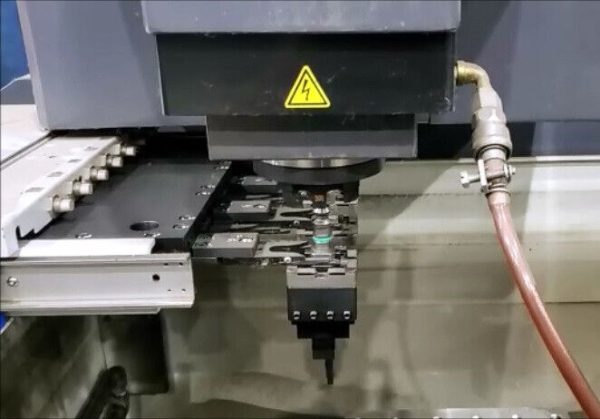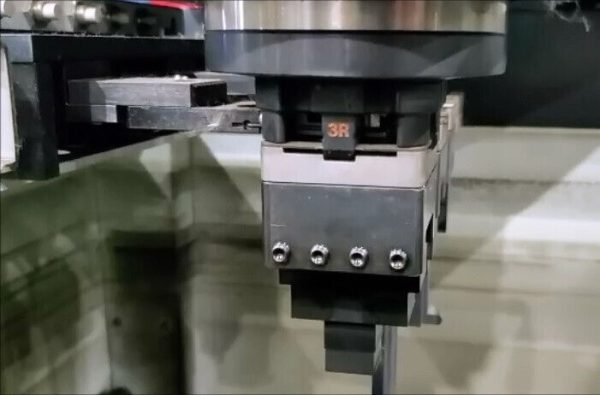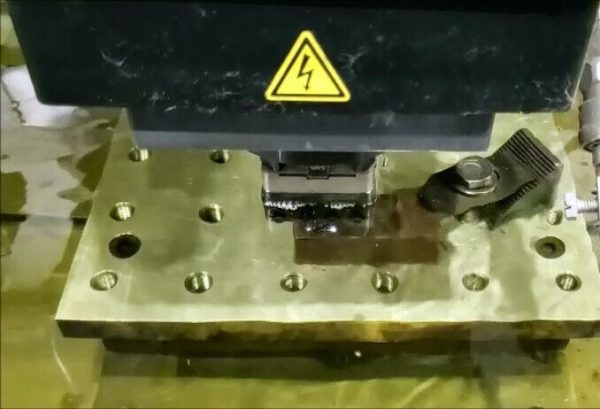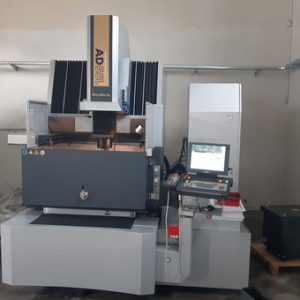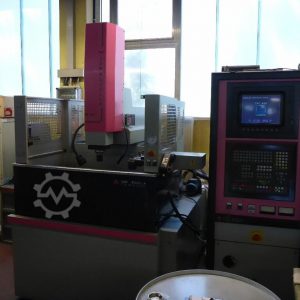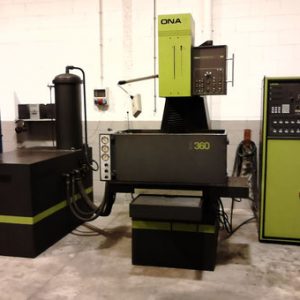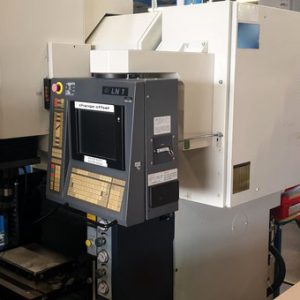Description
Mitsubishi EA12D – Year 2012
CNC Sinker
Specifications:
Machining Stroke – 15.7″ x 11.8″ x 11.8″
Worktank Internal Dimensions – 41.3″ x 27.5″ x 17.7″
Dielectric Fluid Level (Max / Min) – 15.7″/ 7.0″
Max Workpiece Dimensions – 39.3″x 25.5″ x 13.7″
Max Workpiece Weight – 2,200 lbs
Table Dimensions – 27.5″ x 19.6″
Table to Platen Dimension – 11.8″ x 23.6″
Machining Movement (C) – 360 Degrees
C-Axis Increment – 0.001 Degree
Min Command Input – .00001″
Resolution – .000002″
Tank Type – Fixed Tank
Worktank Access – Front Drop Door
Maximum Current – 60 Avg Amps / 80 Peak Amps
Graphic Display – 10.4″ TFT Color LCD
Power Requirement – 200-220/3/60
Max Electrode Weight – 110 lbs / 11 lbs with C-Axis
Shuttle Type AEC – 20 AEC
Rapid Traverse – 78.74 IPM
Dielectric Capacity – 132 Gal
Installation Dimensions (W x D) – 91.5″ x 87.2″
Total Shipping Weight – 6,889 lbs
Machine Tool Dimensions (L x W x H) – 72.4″ x 80.7″ x 93.5″H
Equipped With:
* Mitsubishi M700 64 Bit Fuzzy Logic CNC Control W/14″ LCD
* C Axis (System 3R Combi)
* 4/7 Position Automatic Tool Changer (System 3R Macro/Macro Jr)
* High Speed Jump Cycle
* Fuzzy Pro3 Plus Orbit Pro
* E.S.P.E.R. Programming
* Fixed Table Traveling Column Design
* Rotary Glass Scales(X,Y), Linear Glass Scale(Z)
* 80 AMP FP60EA Power Supply
* Remote Hand Controller
* Auto Lubrication
* 10MB User Program Storage On Hard Drive
* RS-232C Port and Ethernet Port for DNC
* Auto Fill & Drain
* Dielectric Tank With Pump and Filtration
* Electric Chiller
* Sub-table fixture included
* All Available Manuals and Accessories
3R tooling pictured is NOT included with the machine.
1 Available
Mitsubishi EA SERIES features:
Fuzzy pro emulates an experienced operator optimizing the burn process from rough to finish orbit.
High-speed jump creates the ability to do most burns with no flush.
Saddle-less column movement system uses a special combined linear motion way system.
New digital AC Smart Servo System improves resolution to 0.05 µm (2 millionths inch) speeding response time.
Fine Pulse 2 (FP2) function which operates in a pumping action to keep the gap clean, improves finish and reduces the power consumed.
SC circuit reduces electrode wear by enacting pulse discharge during high-precision machining.
PS circuit provides accurate finish by controlling surface pulse discharge.



